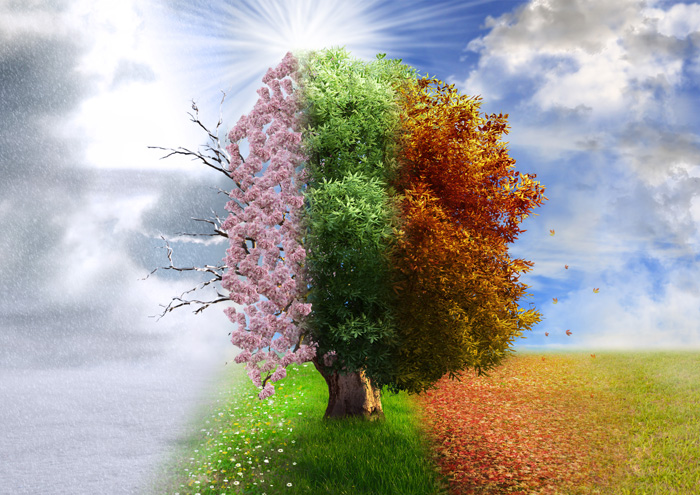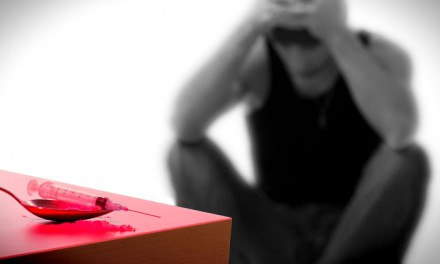Which is worse for substance abuse: boredom or stress?
National holidays or the weekends? Living at home or on a college campus? Is there even a difference?
The truth is that addiction has no off-season. There is not a “substance abuse time of year” that you have to try to get through; using substances or staying sober is a daily decision.
However, there are qualities of both the summertime and the school year that can add to the desire or likelihood of substance abuse for those who are on a school schedule. Keeping these factors in mind can help you be conscious of the season’s influence and sensitive to how your environment can affect you, or how the seasons might be impacting your loved one’s addiction recovery.
Substance Abuse During the Summertime:
- Boredom: It does not take long for summer’s infamous boredom to hit without the constant schedules of school, homework and extracurricular activities that most students have grown used to.
- The Facts: Columbia University’s Center on Addiction and Substance Abuse (CASA) conducted a study on what factors increase a teen’s likelihood to abuse substances: “Often bored teens are 50% likelier than not often bored teens to smoke, drink, get drunk and use illegal drugs.”
- Holidays: As if vacations from school aren’t enough reason to celebrate, they’re centered around common holidays like the 4th of July, Labor Day, Christmas, and New Years. These are occasions that people tend to celebrate with alcohol and drugs, whether they’re in school or not, and whether they’re of drinking-age or not.
- Family: Families come together during these times, so if you have kids or siblings coming home it is important to keep in mind that how you use substances greatly influences those around you. Parents have an especially significant influence on children.
- Initial Use: SAMHSA reported on how different months of the year affected teens’ first-time substance abuse. They found a significant increase during school vacation months: “On an average day in June, July, or December, more than 11,000 youths used alcohol for the first time; in other months, the daily average ranged from about 5,000 to 8,000 new users per day.”
- DUIs: In addition, BACtrack posted an article raising awareness around the increase in DUIs on holidays. Around Christmas, there are an average of 45 fatalities involving an alcohol-impaired driver each day, and this number soars to 54 per day around New Year’s. Also, the time “between Memorial Day and Labor Day – summer vacation for most students – has been called ‘The 100 Deadliest Days’ for teen drivers.”
Substance Abuse During the School Year:
- Stress: One of the biggest differences between vacation and school is the stress. Substance abuse is unfortunately a common unhealthy coping mechanism to deal with the pressure and anxiety of GPAs, exams, assignments, sports, competitions and social drama that all come with the school year.
- The Facts: The same study by CASA that found boredom to be influential also found that teens who are under high stress are twice as likely as low stress teens to abuse substances. Furthermore, the National Institute on Drug Abuse (NIDA) reported, “In an analysis of studies regarding factors that can lead to continued drug use among opiate addicts, high stress was found to predict continued drug use.”
- Peer Pressure: Students spend more time with their peers than they do with their family during the school year. The following research could point to the significant influence students have on one another, and to how easy it is to make a habit out of a “one time response to a really bad exam.”
- The Facts: According to SAMHSA, in adults aged 18 or older, “the rate of past month alcohol use increased with increasing levels of education.” SAMHSA also found that 36.5 percent of adults with less than a high school education were binge drinkers, while 69.2 percent of college graduates were binge drinkers.
- Attention Deficit: Students are not only responding to the stressors of school with substances; many are also abusing prescription substances (like adderall, ritalin and vyvanse) to deal with the source of the stress: school.
- The Facts: In a New York Times article, Generation Adderall, Casey Schwartz tells her own poignant story of school and substance abuse: “Adderall has now become ubiquitous on college campuses…In fact, according to a review published in 2012 in the journal Brain and Behavior, the off-label use of prescription stimulants had come to represent the second-most-common form of illicit drug use in college by 2004.”
A student might pick up a habit of partying hard on the weekends in order to cope with the stress of the school week and then, during vacation, keep up that pattern even without the school stress. Or, a student might start partying during the summer in order to catch up with old high school friends and to fill the newly-found free time, then choose to keep up the lifestyle when school starts again.
In conclusion, it is hard to name one season as worse than another for substance abuse because, unfortunately, it takes place year-round. While we cannot pinpoint substance abuse on summer or school, we can use the different influences of each season to help us notice and get help when substance abuse is happening.
(314) 464-0222. We’re here to help.










